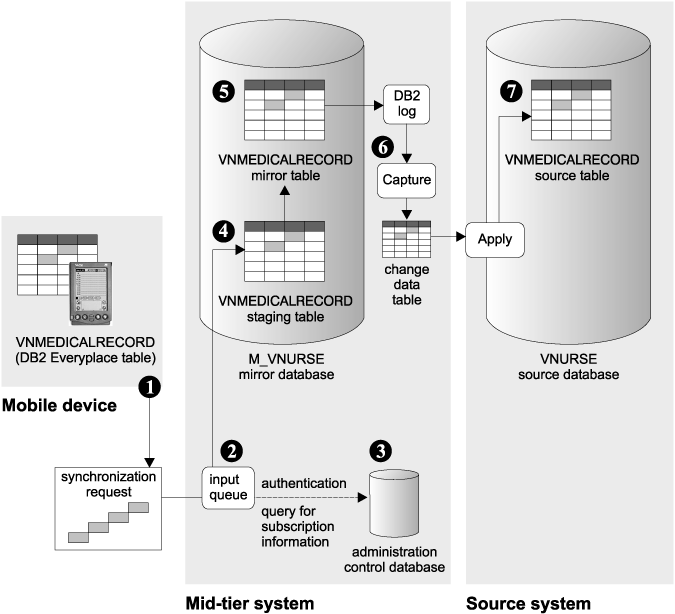Obrázek 5 shows how changes that a user submits are applied to the
source database during synchronization. The numbers in the figure
correspond to the explanation following it:
Obrázek 5. How changes that a user submits for synchronization are applied to the source database

- A home health care specialist or visiting nurse updates the blood pressure
of a patient in a local copy of the VNMEDICALRECORD table on a Palm OS
device. The nurse exits the application used to edit the table, then
taps the IBM Sync icon to start the synchronization client software
on the device. A mobile application can also be written to include the
ability to start the synchronization, utilizing the Sync Client API.
When the synchronization client application starts, the nurse chooses the name
of the application to synchronize, then taps Synchronize to request
synchronization.
- The request is authenticated and then placed on an input queue on the
mid-tier system.
The synchronization client software on the device waits for a synchronization
reply from the source server (see Synchronization from the source database to the mobile device).
- Users can synchronize only the subset of data and files to which they have
been subscribed.
- The data is placed into a staging table.
Staging tables help improve throughput capacity of synchronization requests
because changes can be staged while other updates are taking place.
- The data is copied from the staging table to the mirror table
(VNMEDICALRECORD in this example) and potential update conflicts are
resolved. Changes to the mirror table are recorded in the DB2
log.
- The DB2 DataPropagator Capture program starts. This program
captures changes to the mirror table from the DB2 log and writes them to a
change data (CD) table.
- The DB2 DataPropagator Apply program starts and applies changes from the
CD table to the source table, VNMEDICALRECORD, in the VNURSE database on the
source system.
Související koncepce
Související úlohy

